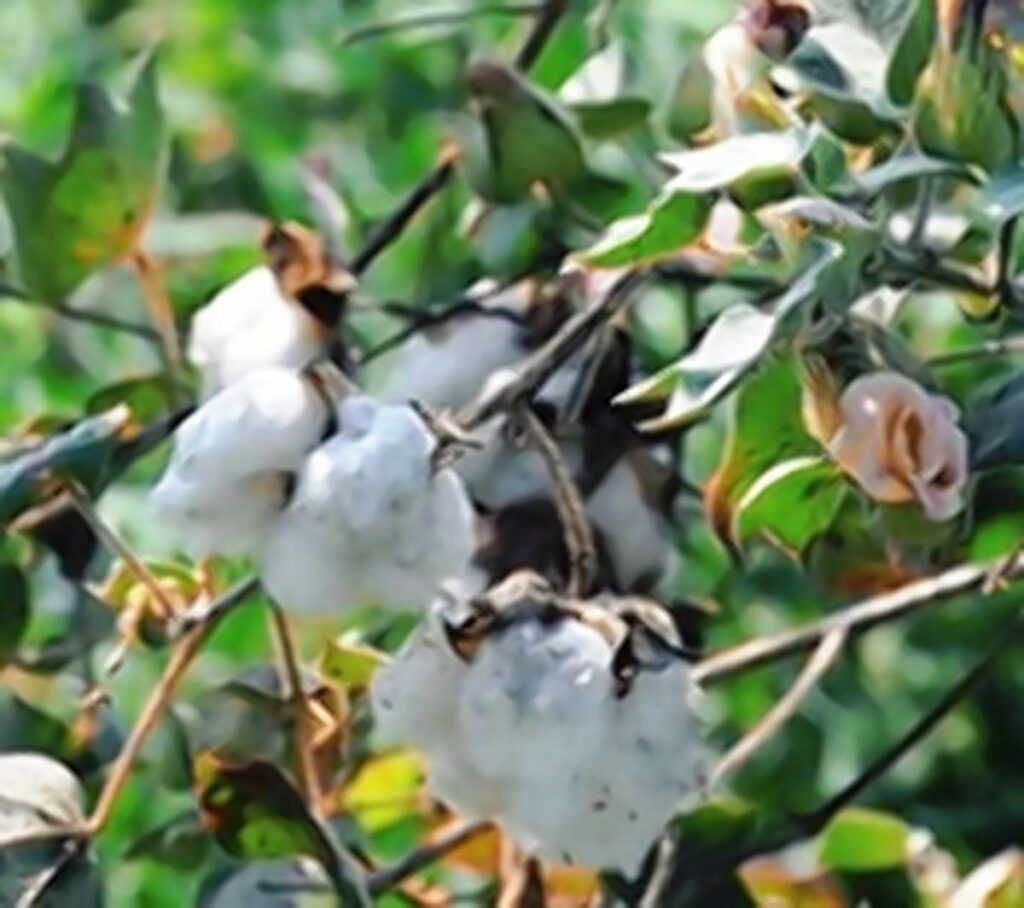Telangana to launch pilot project for single-pick cotton

The Telangana Government is launching a pilot project on single-pick cotton on about 50,000 acres. This comes at a time when cotton yields have remained stagnant for years and farmers are finding it tough to find the labour to pick the bolls.
The single-pick cotton will be suitable for machine harvest as the plants will grow to a uniform height of around knee-level, compared with the tall varieties grown across the country now. Machine harvest of the low height variety will ease the problems associated with the harvesting season.
Currently, farmers pick the cotton bolls at least three times and, sometimes, up to four times. The single-pick method will prolong the harvest by a few weeks and will enable farmers to complete the harvest in one go.
“This will give the farmers an opportunity to go for another short duration crop. Besides, the method will help increase yields by up to 40 per cent,” M Prabhakara Rao, President of the National Seed Association of India (NSAI), told BusinessLine.
Though the method, also known as a high-density plantation is being tried out by different agricultural universities, it has been restricted to limited trials.
“This will be the first time it is tried in a large area. If it gives good results, this can be a game-changer for the country’s cotton sector,” he said.
What is single-pick
Single-pick cotton refers to cotton varieties that flower at one time and boll bursting happens at the same time, unlike in the traditional varieties that have three flushes of flowering. Therefore, the boll bursting also happens three or four times, resulting in 3-4 pickings.
Normal cotton plants are tall and bushy, occupying a lot of space due to which only 7,000-8,000 plants can be accommodated per acre. Picking requires a lot of labour, which accounts for about 20 per cent of farmers’ returns, according to Ram Kaundinya, Director-General of the Federation of Seed Industry of India (FSII).
Though the country has the world’s largest cotton production area with 13.4 million hectares or one-third of the global cotton area, productivity is low at 473 kg/ha as against the global level of 766 kg/ha.
“The challenges of low and medium productivity areas can be addressed by increasing the yield per unit area by enhancing the genetic base of genotypes and adopting improved agronomic practices,” he said.
Kaundinya said the FSII has initiated the High-Density Planting System (HDPS) in select districts of Maharashtra and Telangana.
Costs involved
Farmers, however, say the new method would mean higher costs. “The method involves some additional investment by farmers. They will have to use 4-5 packets of seed (450 gm each) per acre against 2-3 packets in the current method of farming,” a cotton farmer from Warangal said.
“Also, they would need to use growth-retardant sprays to ensure uniformity in height of the plant. It would also require mechanical planters as it would be difficult to plant more seeds on an acre, using the traditional method,” he said.
Pest and weed control, too, are important as dense plantations could trigger a higher population of pests and weeds.
Different processing
The FSII sees the need for a different approach in the post-harvesting phase.
“Mechanically picked cotton will have more trash than normal cotton. In order to deliver high-quality cotton to textile mills, pre-cleaners will have to be installed in ginning mills,” Ram Kaundinya said.
Source: Business-journal